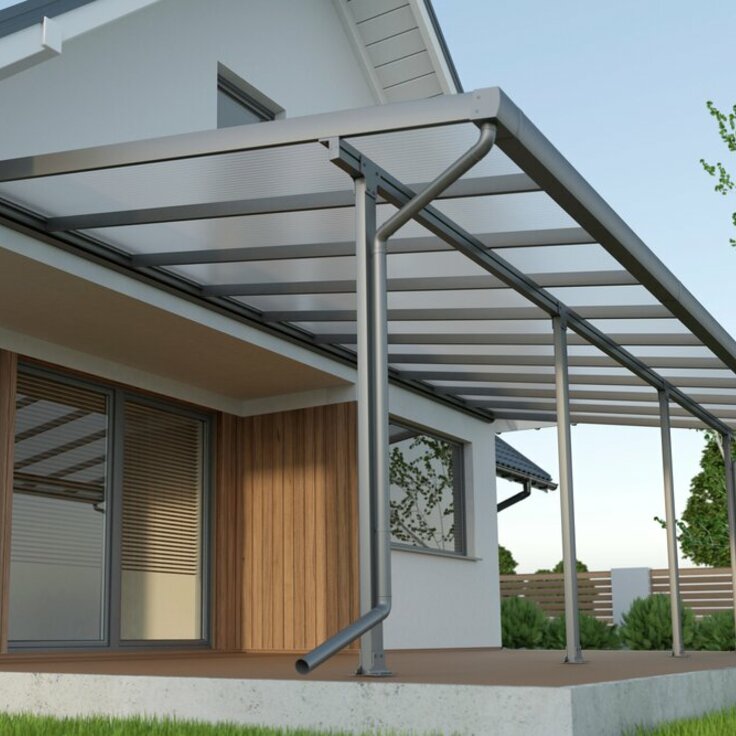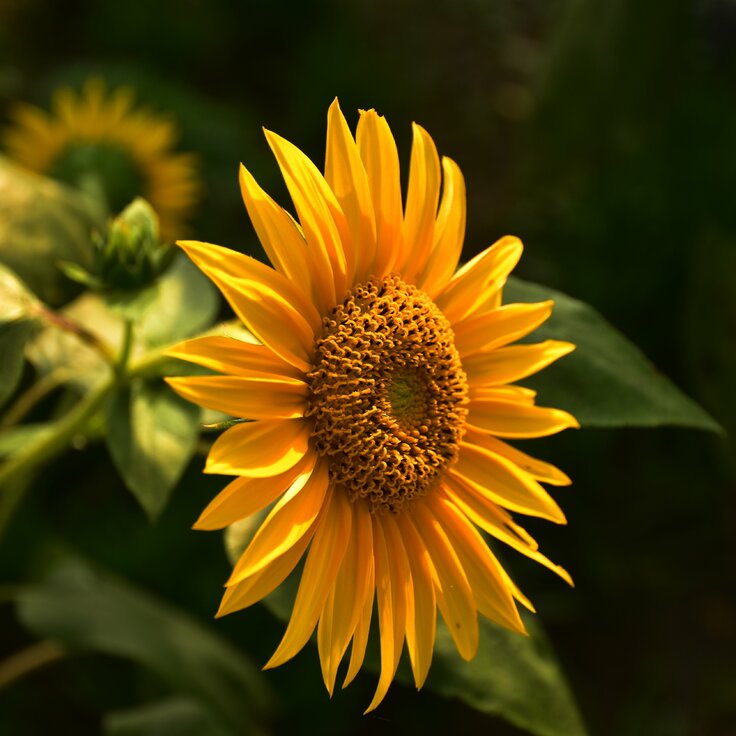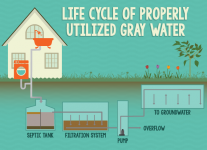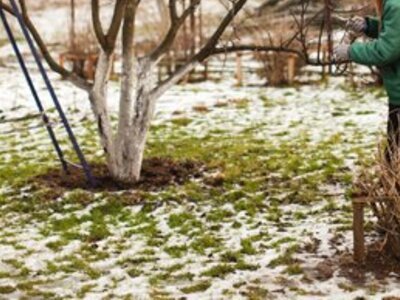Summer Tomato Troubles
Summer's heat, intense sunlight, and prolonged dry spells can take their toll on garden plants, especially tomatoes. Environmental factors like these can have surprising effects on plant growth and fruit development. In some cases, damaged can be minimized by careful tending; in other cases, there's nothing you can do but wait for the weather to moderate. Here's a rundown of some common tomato problems caused by weather and other environmental factors.
Flower Drop
If you've noticed that your tomato plants have stopped flowering, or the flowers are dropping off without producing fruit, it's likely due to the heat. When daytime highs reach the 90s and nighttime temperatures drop only into the 70s, pollen development is inhibited. Unpollinated tomato flowers won't produce fruit and may fall from the plant.
Sunscald
Tomatoes with sunscald have light-colored, leathery patches that don't ripen properly. As the name implies, sunscald occurs on fruits that are exposed to hot sun. If severe, rot can affect the scalded areas. It is most common on plants that have been defoliated by disease or by excessive pruning. You can minimize problems by managing foliage diseases and limiting pruning once fruits have begun to develop. If the problem continues, consider covering plants with shade cloth, or harvest tomatoes as soon as they show the first blush of red and bring them indoors to ripen.
Green Shoulders
Sometimes, the bottom half or two thirds of a tomato will be perfectly ripe, while the top portion remains hard and green. This problem is most common on older, heirloom varieties; newer hybrids often have a gene that promotes uniform ripening. Green shoulders usually result when temperatures are very warm and fruits are exposed to direct sun. Maintaining good foliage cover by managing leaf diseases helps minimize the problem. Also, you can harvest susceptible fruits and let them ripen indoors.
Blossom End Rot
A tomato (or pepper or squash, for that matter) with blossom end rot (BER) looks for all the world like it's been attacked by disease: the blossom end of the fruit -- the end opposite the stem -- is black and sunken. BER actually results from insufficient calcium in the developing fruit, which causes plant cells in the blossom end to break down. This is sometimes due to low soil calcium, but more likely is caused by fluctuations in soil moisture during growth. Calcium is transported throughout the plant by water, so maintaining consistent soil moisture will minimize problems with BER. The best way to do this is to apply a thick layer of mulch, and water plants deeply once a week if nature doesn't provide. Excess nitrogen can make the problem worse, so fertilize judiciously.
Cracking
Inconsistent water availability, especially abrupt changes, can also lead to fruit cracking. When a period of rainy weather follows a dry spell, the plant drinks in moisture quickly, causing fruit cells to expand and burst. As with BER, maintaining even soil moisture by watering regularly and applying a deep mulch will minimize cracking. If cracking continues to be a problem, consider growing varieties described as crack resistant. Again, excess nitrogen can exacerbate the problem.
Catfacing
Catfacing is an oddly descriptive term for tomatoes that are misshapen and have areas of scarring. The damage occurs long before the fruits have begun to enlarge, so once the damage is apparent there's nothing you can do. In this case, the cause is usually low temperatures (below 65 degrees during the day and 55 at night) during flower development, so it's most prevalent on early fruits as well as those developing late in the season. Larger and older varieties tend to be more susceptible. The fruits, though unattractive, are fine to eat.
Tomatoes aren't the only crop affected by heat and other environmental factors. The flowers of peppers, beans, and squash family plants (including cucumbers and pumpkins) can be damaged by extreme temperatures at various stages in their development. If plants mysteriously stop producing, don't give up on them; it's possible that flower formation was hindered during a hot spell, but will pick up again as temperatures moderate. Some varieties withstand heat better than others, so keep notes on what varieties perform best in your garden at different times during the season.
Gardeners often assume a pest is at work if their plants falter, but environmental factors often play a role. If your plants aren't producing well, or the foliage or fruits are blemished, be sure to rule out physiological problems like the ones above before turning to sprays.








